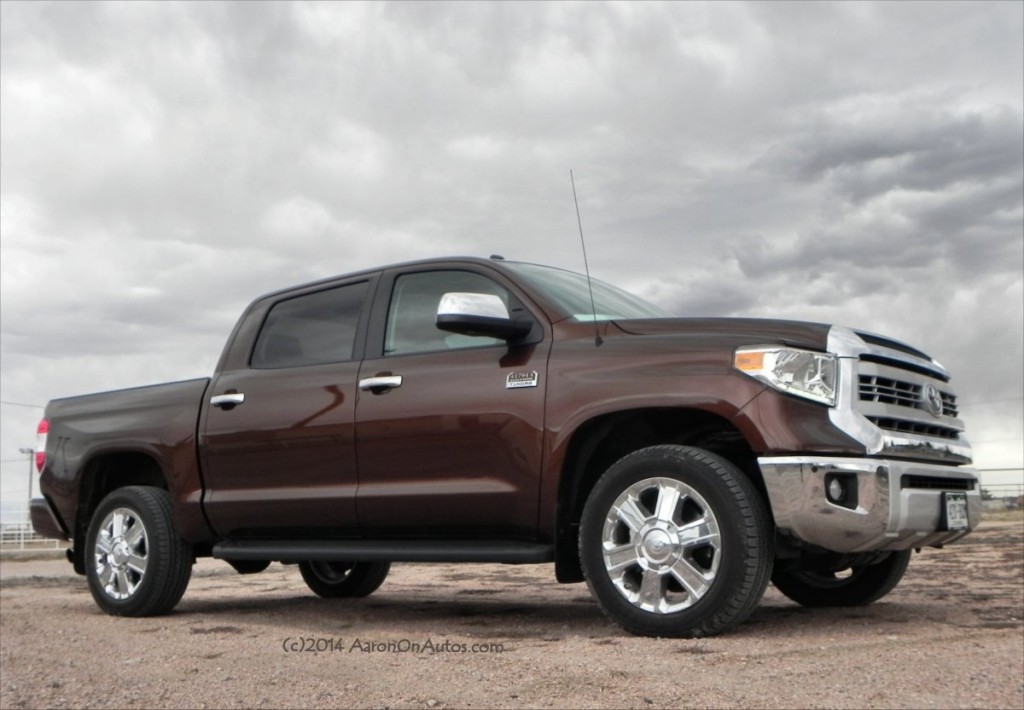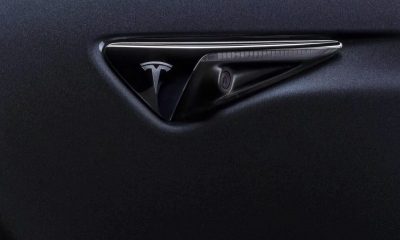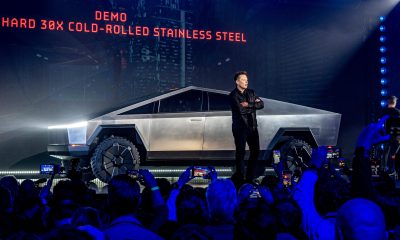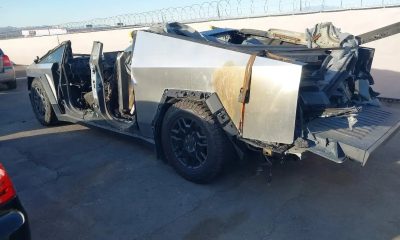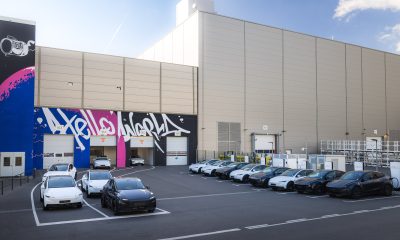News
The very real challenge of a Tesla Pickup Truck
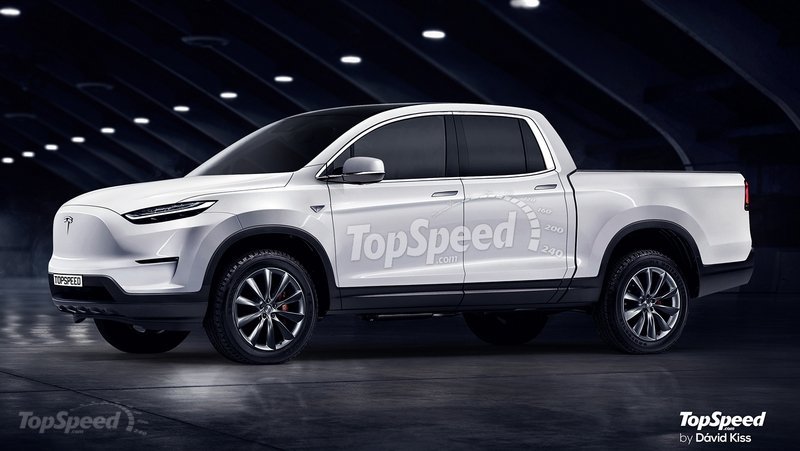
Call it the Tesla Truck, the Tesla Pickup Truck, or the Tesla-150, but CEO Elon Musk has made it clear as revealed in the company’s Master Plan, Part Deux that the electric carmaker plans to make a pickup and heavy-duty truck. In fact, he couldn’t be clearer: he stated in the past that plans call for something to compete with the best-selling light-duty vehicle on American roads: the Ford F-150. This precludes the idea of a small or mid-sized Tesla truck and says that Musk seems to be clearly aiming for a full-sized offering.
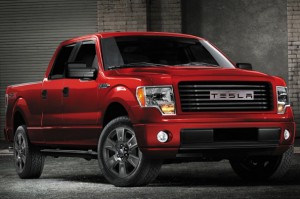 A full-sized electric truck seems like a lark to most truck owners and enthusiasts. I live in the heart of truck country, Wyoming, where pickup trucks equal passenger cars in numbers on the road and range from half-ton F-150s, 1500s, and Silverados to heavy-duty and diesel-driven duals. Although many enjoy scoffing at the wannabe cowboys who buy a big, shiny pickup and drive it to the office and back every day – never seeing dirt or any load larger than an IKEA furniture set – the core truck buyer and, indeed, the majority of truck owners do not fit that stereotype.
A full-sized electric truck seems like a lark to most truck owners and enthusiasts. I live in the heart of truck country, Wyoming, where pickup trucks equal passenger cars in numbers on the road and range from half-ton F-150s, 1500s, and Silverados to heavy-duty and diesel-driven duals. Although many enjoy scoffing at the wannabe cowboys who buy a big, shiny pickup and drive it to the office and back every day – never seeing dirt or any load larger than an IKEA furniture set – the core truck buyer and, indeed, the majority of truck owners do not fit that stereotype.
In general, truck owners fall into three categories: weekend warriors, offroaders, and workhorses. The weekend warrior uses a truck to tow toys (boats, RVs, what have you) and occasionally haul household construction goods for home improvement. The offroader buys the TRD, Pro-4X, and similar packages and spends a lot of time getting mud, dirt, and tree branches stuck on the truck (this would be my personal category, for the record). Finally, the workhorses are those who buy a truck to work with, either as a commercial vehicle or as a personal working machine – these include farmers, ranchers, commercial haulers, tradesmen, and so forth.
Traditionally, the largest truck market are the weekend warriors. These are the folks who buy a truck because they want to haul the family and their playthings around. They tow boats, jet skis, haul camping stuff, tote gear to the game, tailgate, and otherwise use their truck mostly as a recreational vehicle that may or may not be their everyday driver. Next to that market, and not as small as some might expect, are the workhorse buyers. These are the people who buy trucks to work with them and rely on them to get any of a number of jobs done. Most importantly to the industry, these are the repeat buyers – the ones who buy, trade-in and buy again (rinse, repeat). Where I live, for example, it’s not unusual for a rancher to buy a new truck every two or three years. Trading in a machine that will have over 100,000 miles on it is not unusual either. That’s 30,000-50,000 miles driven in only one year. For reference, as a commercial over-the-road driver, I put a little over 100,000 miles per year on my rig. Surveys of the truck market nationally show that in the traditional truck strongholds of the West, including Texas on up to the Dakotas and over to the coast, that kind of mileage is not unusual for the working pickup.
So let’s assume that Tesla plans to make a truck that will sell on the traditional pickup truck market in competition with the best-sellers from Ford, GM, and Ram. We can assume they won’t be doing a hard-core off-road package, but will aim for a 4×4 market in order to appeal to most truck buyers. Here’s a bullet list of criteria for a mainstream Tesla Truck offering, based on the most common features of a mainstream full-size pickup truck today:
- V8-like performance including roughly 400 hp and 380 lb-ft
- Extended and four-door cab offerings
- Cargo bed size of 5.5 feet with option for 7 feet
- Towing capacity of about 10,000 pounds
- Payload capacity of 1/2 ton to 3,000 pounds
- 4×4 capability
- Driving range, under load, of at least 150 miles
- Conventional styling and appeal
Those criteria make up the most common things truck buyers ask for. The recent revamp of the Toyota Tundra, for example, was mostly about style since the previous-generation Tundra was dated and didn’t look like a “beefy truck,” as one friend put it. This may be laughed at by the Teslarati, but it’s akin to the Model S having been designed to look like the Volkswagen Thing rather than the beautiful Euro-styled sedan it is. So don’t scoff.
Now that we have those basic requirements, let’s look at what Elon and Tesla would have to accomplish to make that happen.
For starters, the current powertrain in the Model S or Model X would not be sufficient. If put under load, towing a trailer for example, and with the aerodynamics of a pickup, the current powertrain would be lucky to achieve half the range required. Anyone who doubts this need only consider how much work went into Bob Lutz’ never-selling VIA truck and its plug-in hybrid powertrain, which together only produce marginal range when trailering at capacity. That’s an ICE (internal combustion engine) and electric drivetrain combined. Remember also that every pound of batteries added has a net-reduced benefit to the overall range of the vehicle as it also adds weight. Since Tesla isn’t currently using and hasn’t made a lot of noise about eventually using high-tech, high-density, bleeding-edge lithium batteries to lighten the battery’s weight, we can assume that the current Panasonic cells are what would power a Tesla Truck if it were made in the near future.
To tow a trailer at 7,000+ pounds would require an enormous amount of energy and to do so for a long range like truck owners would expect (e.g. to the lake and back) would be a feat. It’s not insurmountable, of course. There’s little doubt that Tesla’s engineers couldn’t overcome this obstacle, but it will be a huge one.
Matching V8-like performance would not be difficult – the Model S and Model X already does this and with the inherent strengths of an electric motor, namely torque from zero, the numbers actually required would be smaller than those needed for the gasoline equivalent.
Next comes another problem – off-road. With the problems the Model S has had in the past with undercarriage breaches on the highway, it’s easy to see concern when going fully off the road. Even the best of dirt roads are rough. Putting an under-pan, as Tesla has done may or may not work well with a truck. Skid plates are not unusual for trucks, of course, but they rarely run past the front engine compartment. Most of the safety is addressed by lifting components high up into the framing to minimize exposure. With a big, long, heavy battery pack, though, this is problematic. A skid plate may do the trick, but this would at the very least be a big marketing hassle for Tesla if nothing else.
Another big roadblock is going to be the price tag. In order to compete with the F-150 and its brethren, the Tesla Truck would need to sell at around the $30,000-$40,000 mark at entry-level. Truck buyers would probably be willing to pay a premium of $8,000, even $10,000 on the truck if the expected fuel savings are big and obvious. Yet even that premium markup is going to be a problem for Tesla because, well, unless of course the pickup will be based off the Model 3. This is where the Gigafactory could possibly pay off, but at this point, that is only an idea that is likely to become reality, but until it is, we have no idea how real its cost-savings in terms of dollars per kWh will be.
Finally, for sake of space, we have not even mentioned dealership woes. The top truck markets are well outside of Tesla’s best markets for the Model S and Model X. Some of those markets, such as Texas, are off limits to Tesla’s direct sales entirely. Yet if that’s overcome, there’s also marketing. Not only are pickup truck buyers exceedingly brand loyal (just ask Toyota and Nissan how easy it is to penetrate the full-sized market), but they’re finicky as well.
The conclusion? Tesla could likely, eventually, field a full-sized pickup truck capable of competing with the F-150, but the challenges are huge. Just as Elon likes ’em. Will they do it? Good question, but it’s fair to say that if they do, they may be treading on the thin crust of a deep, deep lake.
Feature image via Topspeed
News
Tesla Sentry Mode helps lock up drive-by shooting suspect in Seattle
“A nearby Tesla actually captured the video that showed a man crouched behind a vehicle firing gunshots. A lot of vehicles record, and officers know that Teslas, especially, record, so we use that video all the time in these instances.”
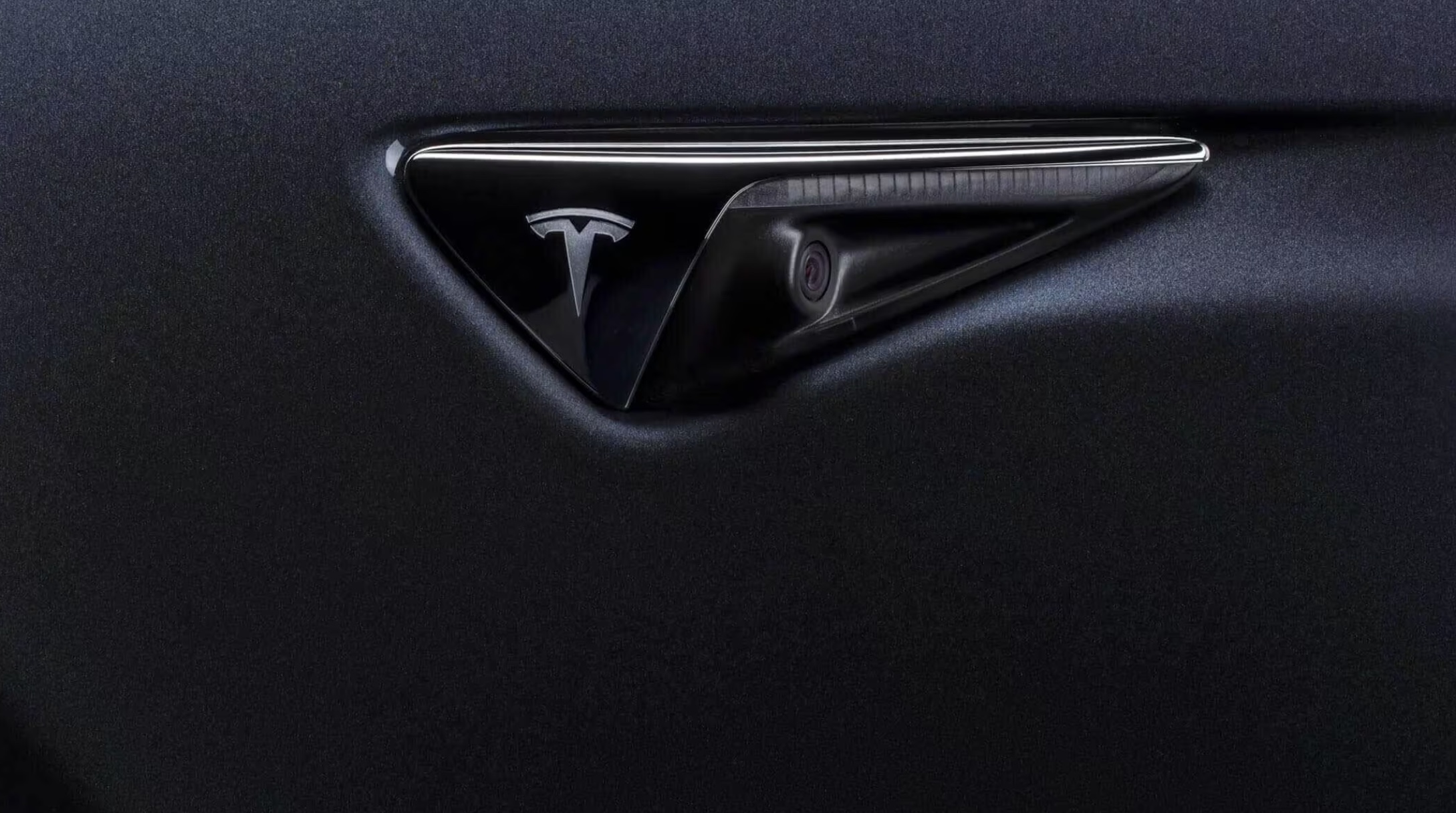
Police in Seattle, Washington, are crediting Tesla’s well-known Sentry Mode for helping find a suspect in a drive-by shooting case.
A 21-year-old was arrested for an alleged drive-by shooting in the Pioneer Square neighborhood of Seattle this past Sunday, and the leads on the case seemed to be slim.
However, a Tesla parked nearby was able to record the shooting, as well as the car that the suspect hopped in after the crime occurred. It helped police identify the person they were looking for.
Seattle Police Department Detective Brian Pritchard said to MyNorthwest that the Tesla was a critical part of finding the suspect and placing him under arrest:
“A nearby Tesla actually captured the video that showed a man crouched behind a vehicle firing gunshots. A lot of vehicles record, and officers know that Teslas, especially, record, so we use that video all the time in these instances.”
The Tesla footage helped the Police put the suspect into handcuffs about an hour after the crime was committed. They are currently charged with drive-by shooting and unlawful possession of a firearm.
Tesla Sentry Mode is a security feature the vehicle utilizes to help solve crimes like vandalism, but it is also a cool feature that has caught things like accidents and other incidents on camera.
Many people still do not know about it, including the many vandals who keyed or broke the windows of Teslas earlier this year, as people damaged others’ cars in an act of retaliation against CEO Elon Musk when he became involved in politics.
This is far from the first time Sentry Mode has helped Police Departments solve crimes. Last September, we reported on Oakland’s Police Department in California using Teslas near crime scenes to help solve cases.
Tesla Sentry Mode is Oakland PD’s secret weapon against rising crime
Sergeant Ben Therriault, president of the Richmond Police Officers Association, said, “We have all these mobile video devices floating around,” in reference to the Teslas that sit and capture nearly everything that surrounds them.
Sentry Mode has helped officers arrest a variety of suspects, including several people who were allegedly involved in the murder of a 27-year-old woman in Northern California.
Elon Musk
Tesla investors are ditching Charles Schwab after its vote against Musk comp plan
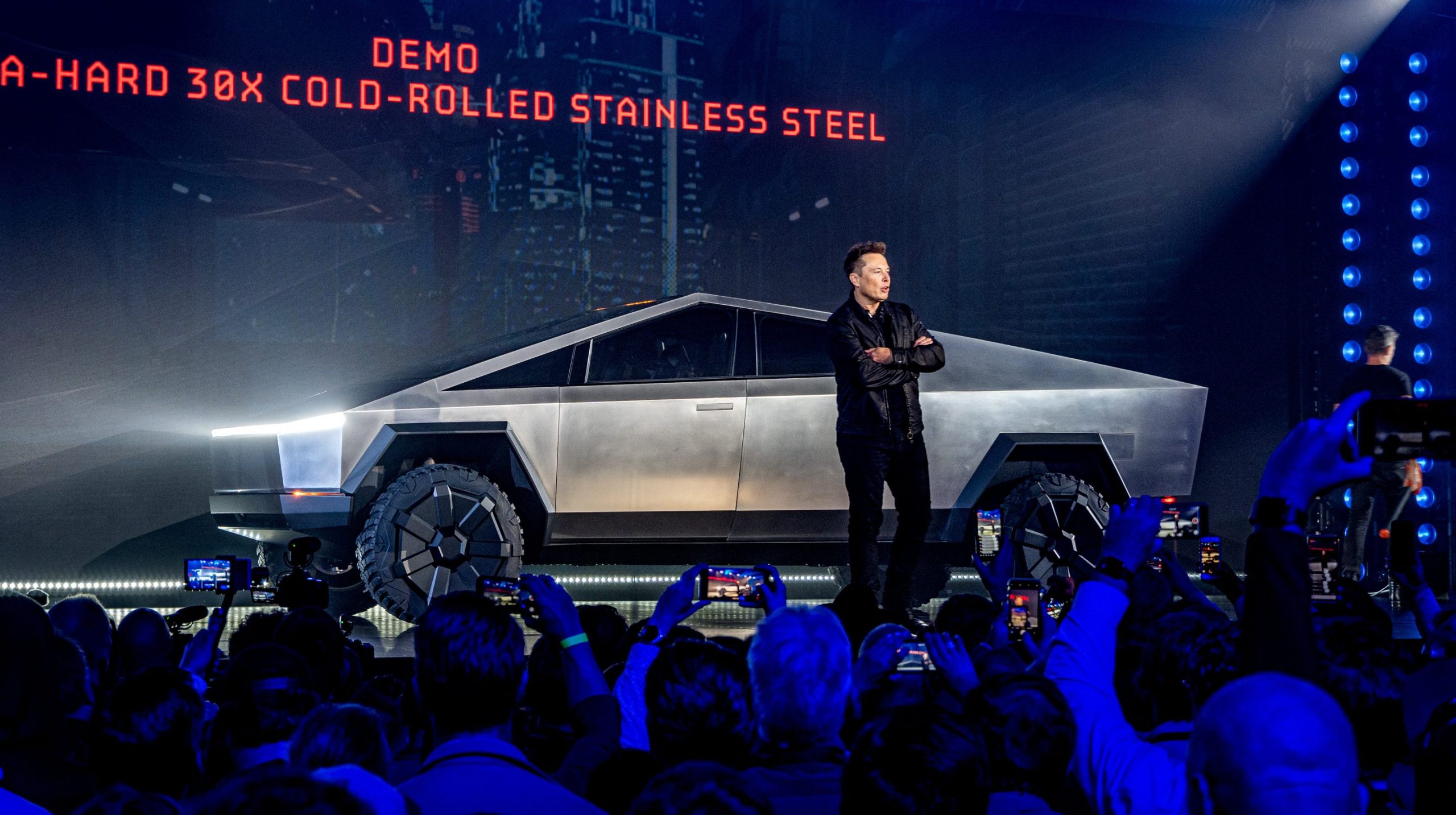
Tesla investors are ditching Charles Schwab as their brokerage after the firm said earlier this week that it would vote against CEO Elon Musk’s new compensation package.
Several high-profile Tesla influencers are speaking out against Charles Schwab, saying its decision to vote against the plan that would retain Musk as CEO and give him potentially more voting power if he can achieve the tranches set by the company’s Board of Directors.
The Tesla community recognized that Schwab is one firm that tends to vote against Musk’s compensation plans, as they also voted against the CEO’s 2018 pay package, which was passed by shareholders but then denied by a Delaware Chancery Court.
Schwab’s move was recognized by investors within the Tesla community and now they are speaking out about it:
Hey @CharlesSchwab – I need to speak with someone from Schwab Private Wealth Services this week. Please reach out via email, the mobile app message center, phone, or X DM.
Here’s why this is urgent: At least 6 of your ETF funds (around 7 million $TSLA shares) voted against… https://t.co/uSgPWnfTFc
— Jason DeBolt ⚡️ (@jasondebolt) November 3, 2025
If @CharlesSchwab doesn’t vote for Elon Musk’s 2025 CEO Performance Award plan, I’ll move all my assets to another brokerage. My followers, many of whom also hold assets with Schwab and collectively own at least hundreds of millions in $TSLA, may do the same.
I can’t in good… https://t.co/6iUU6PdzYx
— Sawyer Merritt (@SawyerMerritt) November 3, 2025
ready to help with the @CharlesSchwab exodus
— Gali (@Gfilche) November 3, 2025
At least six of Charles Schwab’s ETFs have voted against Tesla’s Board recommendation to support the compensation plan for Musk. The six ETFs represent around 7 million Tesla $TSLA shares.
Jason DeBolt, an all-in Tesla shareholder, summarized the firm’s decision really well:
“As a custodian of ETF shares, your fiduciary duty is to vote in shareholders’ best interests. For a board that has delivered extraordinary returns, voting against their recommendations doesn’t align with retail investors, Tesla employees, or the leadership we invested to support. If Schwab’s proxy voting policies don’t reflect shareholder interests, my followers and I will move our collective tens of millions in $TSLA shares (or possibly hundreds of millions) to a broker that does, via account transfer as soon as this week.”
Tesla shareholders will vote on Musk’s pay package on Thursday at the Annual Shareholders Meeting in Austin, Texas.
It seems more likely than not that it will pass, but investors have made it clear they want a decisive victory, as it could clear the path for any issues with shareholder lawsuits in the future, as it did with Musk’s past pay package.
News
Tesla Cybertruck explosion probe ends with federal involvement and new questions
The 78-page document detailed a planned attack by former Green Beret Matthew Livelsberger, who died by suicide before the blast that injured six people.
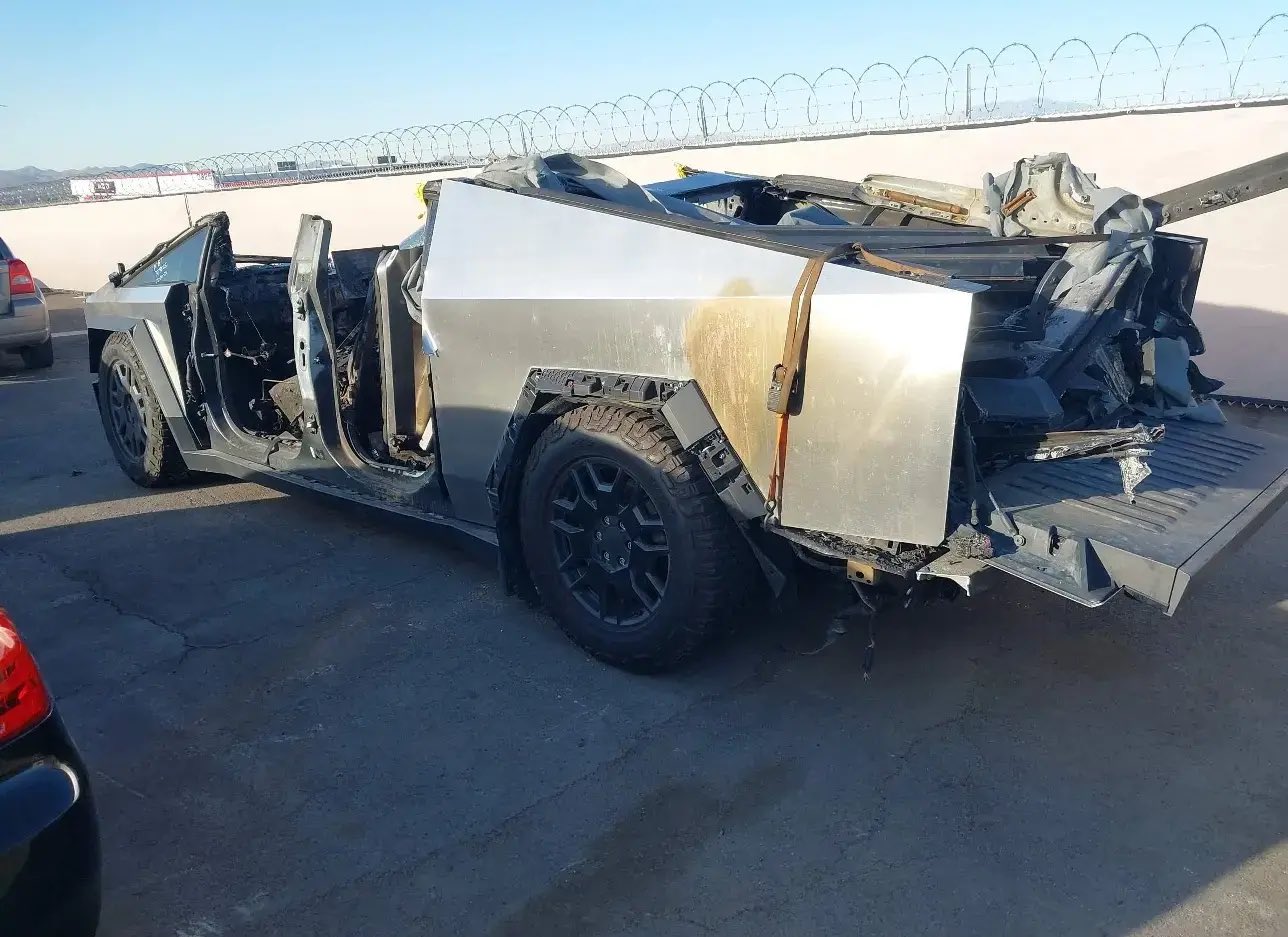
The Las Vegas Metropolitan Police Department (LVMPD) has released its final investigative report into the New Year’s Day Cybertruck explosion outside the Trump International Hotel. But instead of bringing clarity, the findings have only raised more questions.
The 78-page document detailed a planned attack by former Green Beret Matthew Livelsberger, who died by suicide before the blast that injured six people.
The perpetrator’s manifesto
According to a Fox News report, Livelsberger rented the all-electric pickup through Turo while on leave from his Special Forces unit. He filled the rented Cybertruck with fireworks, gas cans, and camping fuel before driving it to the hotel shortly after 8:40 a.m. on January 1. Surveillance footage showed him pouring accelerant into the truck bed moments before detonation, confirming premeditation.
Livelsberger left a manifesto on his phone, which was later deemed classified by the Department of War. This case was then handed over to federal authorities. Still, the LVMPD and federal investigators noted in their report that the incident was a “vehicle-borne improvised explosive device” (VBIED) attack “with the potential to cause mass casualties and extensive structural damage.” Officials, however, stopped short of labeling it terrorism.
In digital notes, Livelsberger wrote that his act was not terror-related but intended as “a wake-up call,” criticizing what he called America’s “feckless leadership.” He wrote, “Americans only pay attention to spectacles and violence. What better way to get my point across than a stunt with fireworks and explosives.”
The incident ironically showcased the Cybertruck’s durability
Tesla CEO Elon Musk was among the first to respond publicly after the blast, confirming through X that the company’s senior team was investigating the incident. He later stated that vehicle telemetry showed no malfunction and that the explosion was caused by “very large fireworks and/or a bomb” placed in the Cybertruck’s bed.
Ironically, footage of the incident in the Cybertruck’s bed showed that the vehicle’s durable construction actually helped contain the explosion by directing the blast upwards. The bed remained largely intact after the explosion as well. Even more surprisingly, the Cybertruck’s battery did not catch fire despite the blast.
Months later, the same Cybertruck appeared on the online auction platform IAA, marked as “not ready for sale.” The listing has stirred debate among Tesla fans about why the historic vehicle wasn’t reclaimed by the company. The vehicle, after all, could serve as a symbol of the Cybertruck’s resilience, even in extreme circumstances.
-
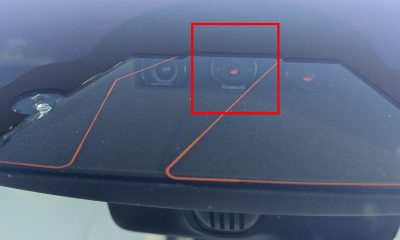
 News2 weeks ago
News2 weeks agoTesla rolled out a new feature with FSD v14 to fix a major complaint
-
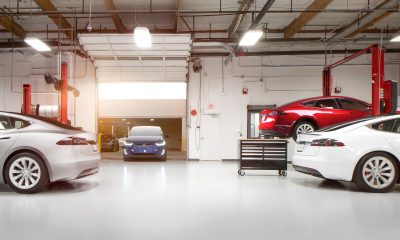
 News2 weeks ago
News2 weeks agoTesla just made Service even easier and more convenient
-

 News2 weeks ago
News2 weeks agoTesla Full Self-Driving’s new version officially gets a wider rollout
-
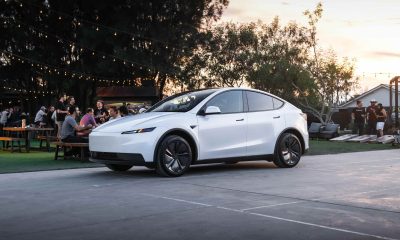
 News2 weeks ago
News2 weeks agoTesla makes crazy move to spur short-term demand in the U.S.
-
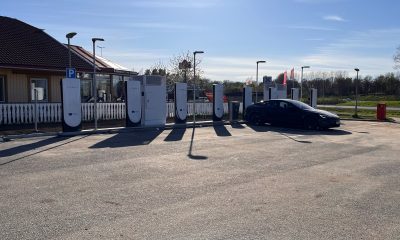
 News2 weeks ago
News2 weeks agoTesla Sweden faced with fresh strike from elevator company
-
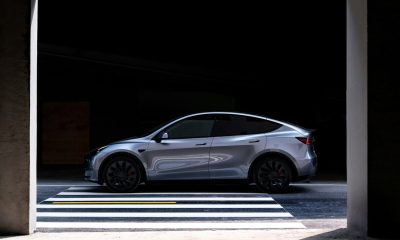
 News2 weeks ago
News2 weeks agoKia and Tesla top list in Swedish study of strongest EV batteries
-
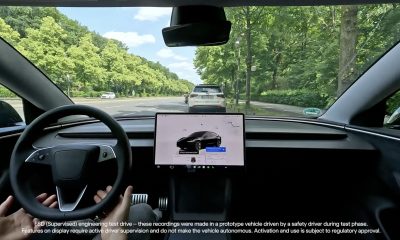
 News2 weeks ago
News2 weeks agoTesla is looking to conduct FSD tests in new Swedish city: report
-
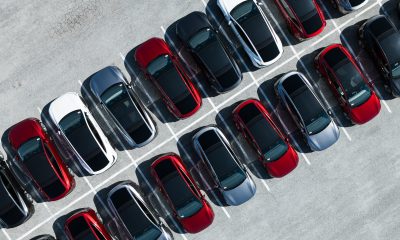
 Investor's Corner2 weeks ago
Investor's Corner2 weeks agoTesla analyst says this common earnings narrative is losing importance

